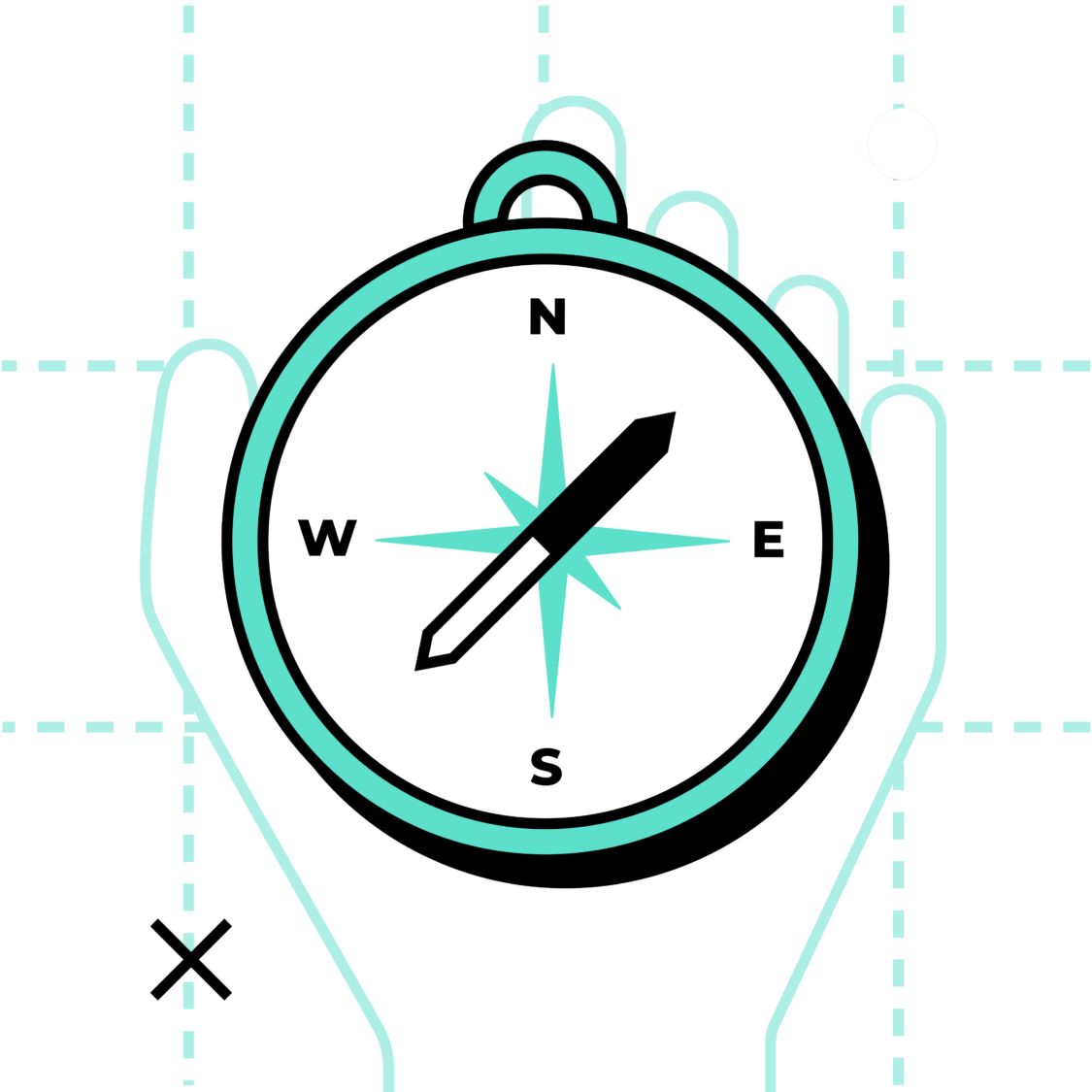Social Objectives
Identify and align your social and organisational objectives

Taking a solution to scale can be a lengthy, expensive process, and so it’s important to make sure that you’re prepared for the journey to ensure you don’t waste time and resources.
The scale readiness diagnostic allows you to assess what stands between where you are now and scaling successfully. It considers:
1. How ready your solution is to be taken to scale
2. How ready your organisation is to lead that process
Knowing your strengths and weaknesses is an important first step in understanding your starting point and where you’re at on the scale readiness journey.
The diagnostic results will serve as your starting point, helping you identify areas to focus on as you prepare to scale.